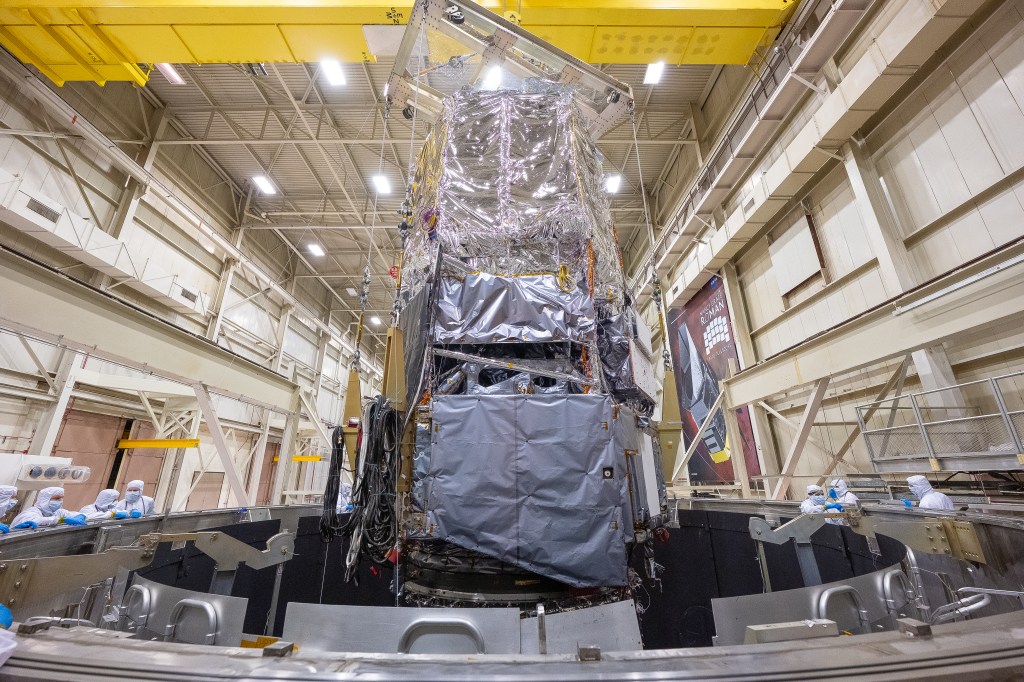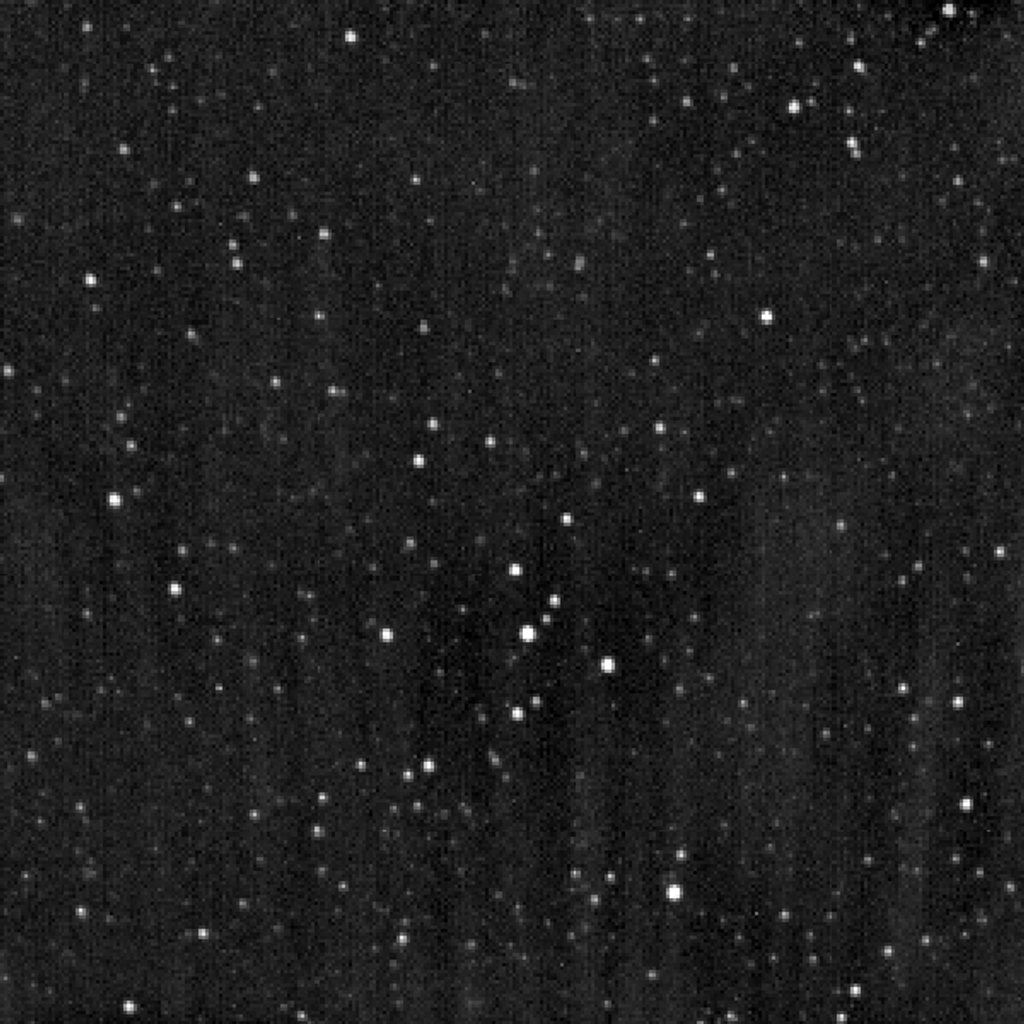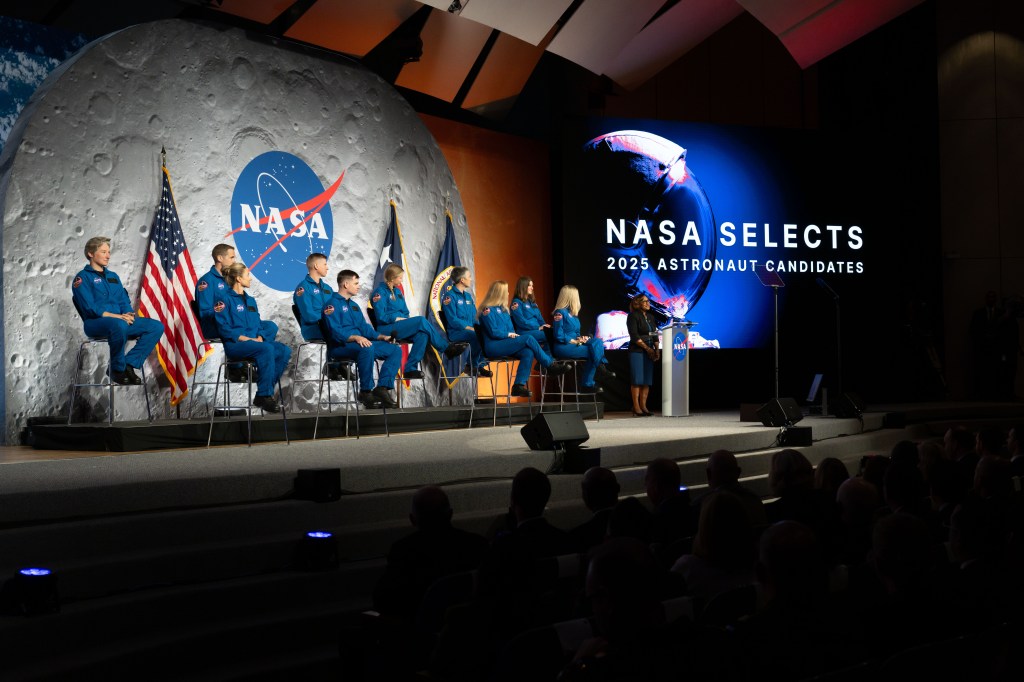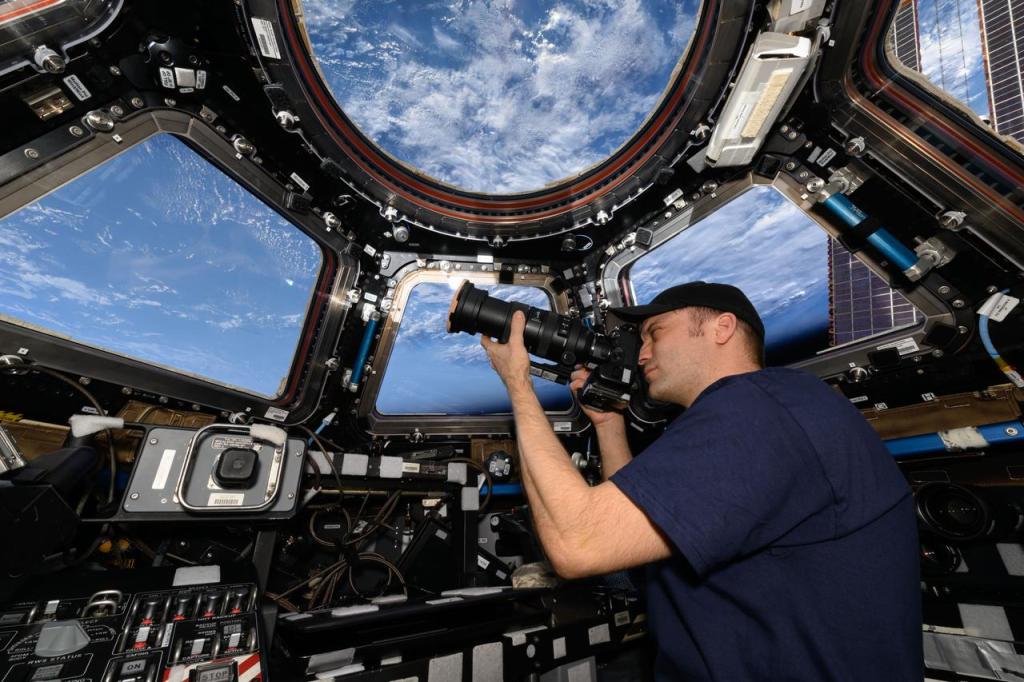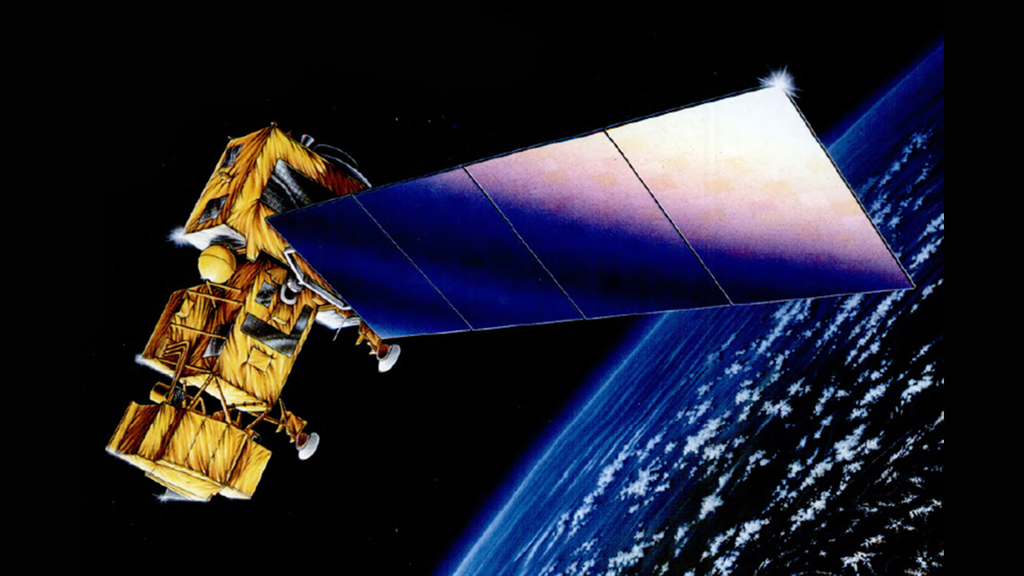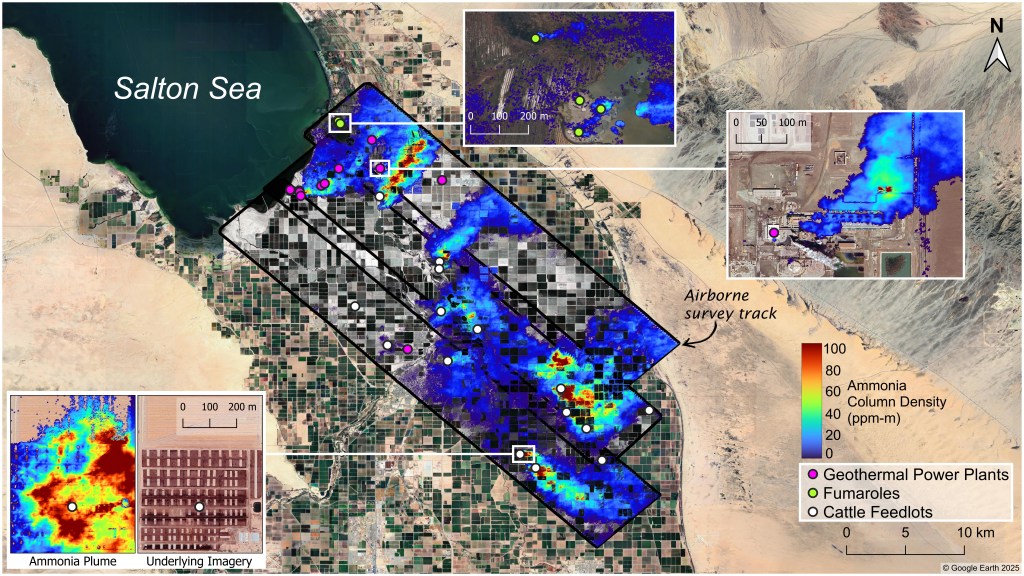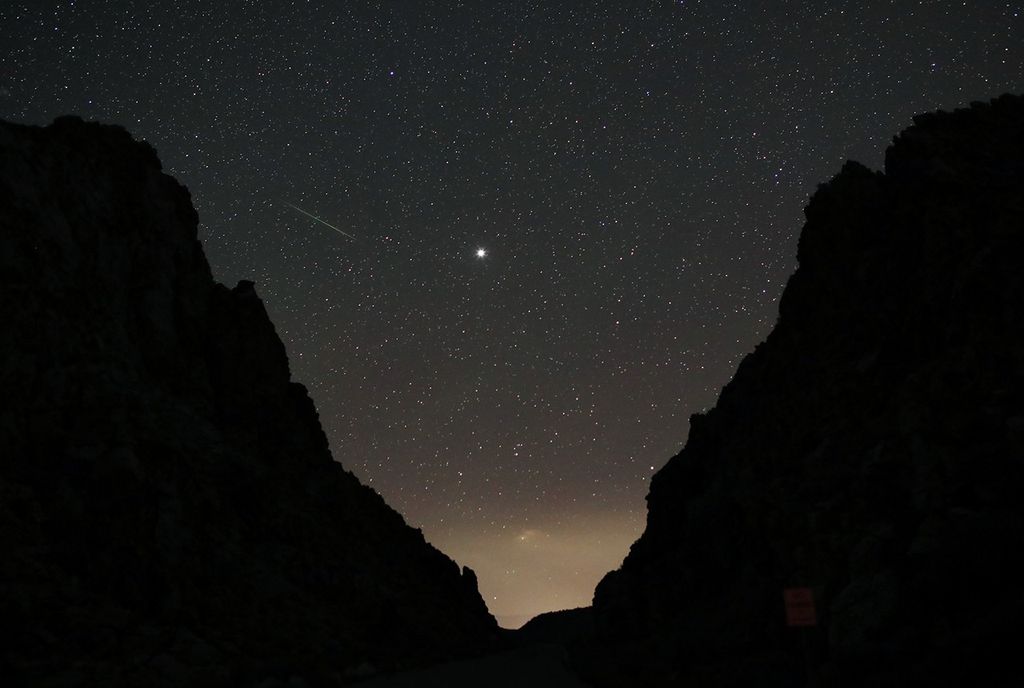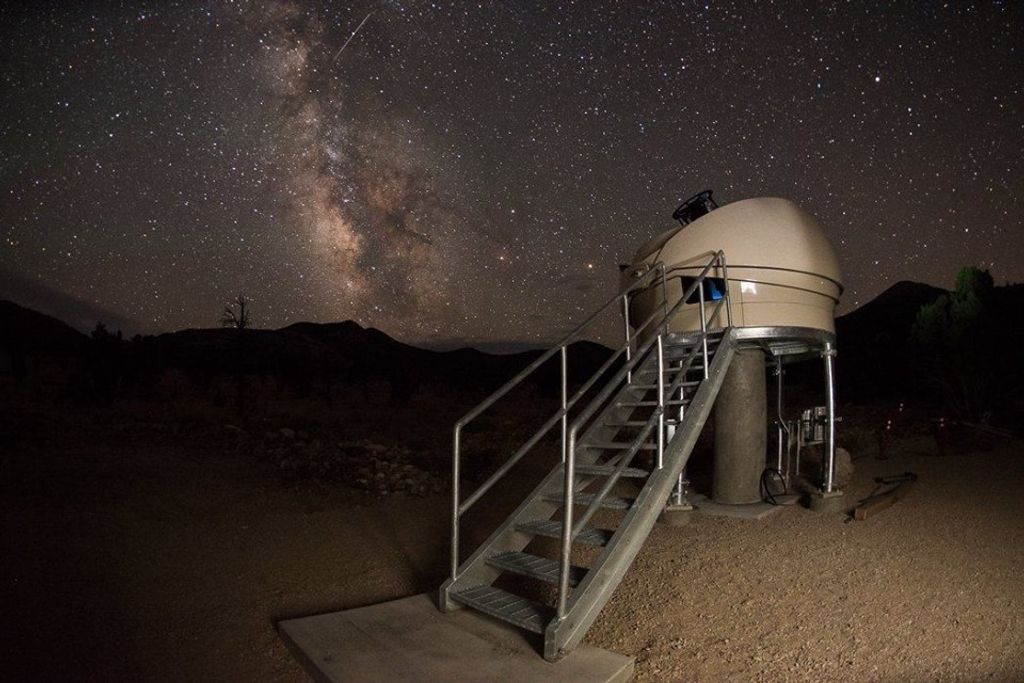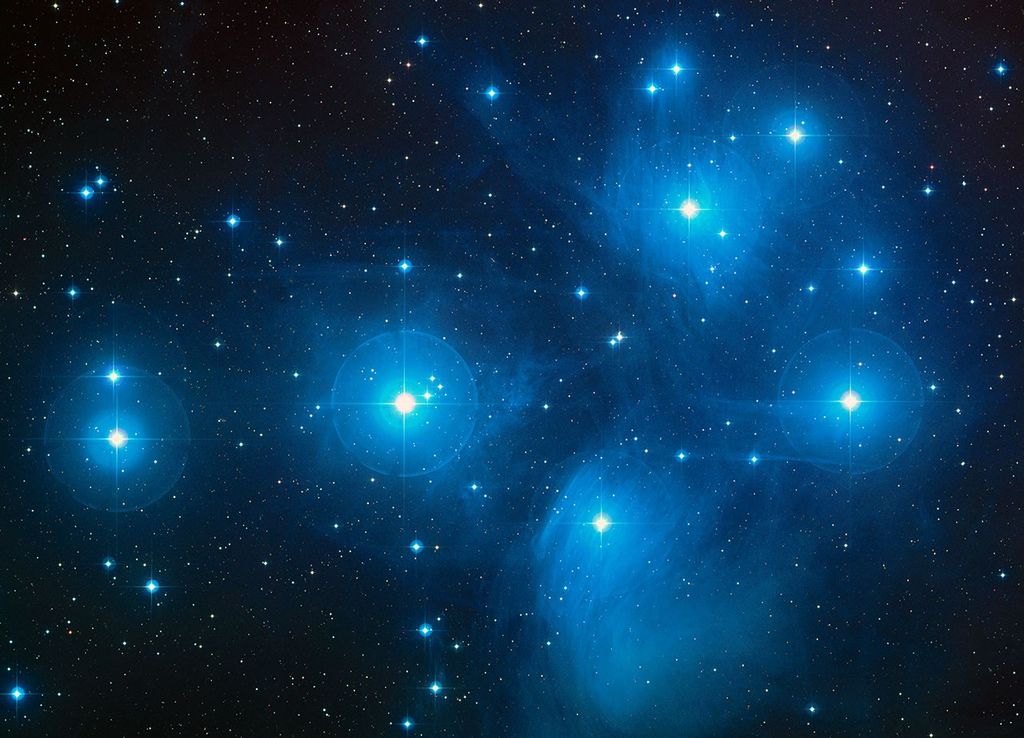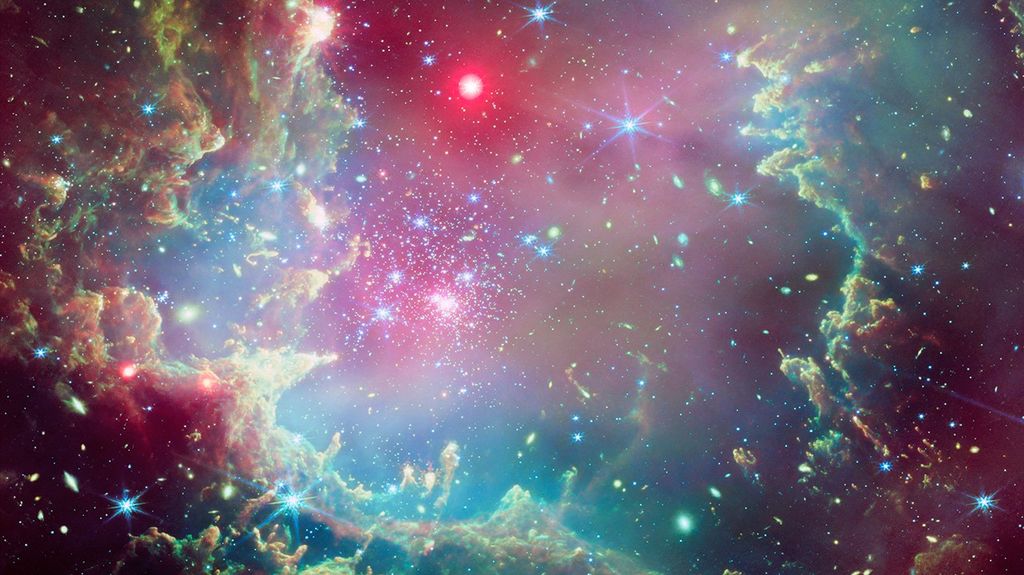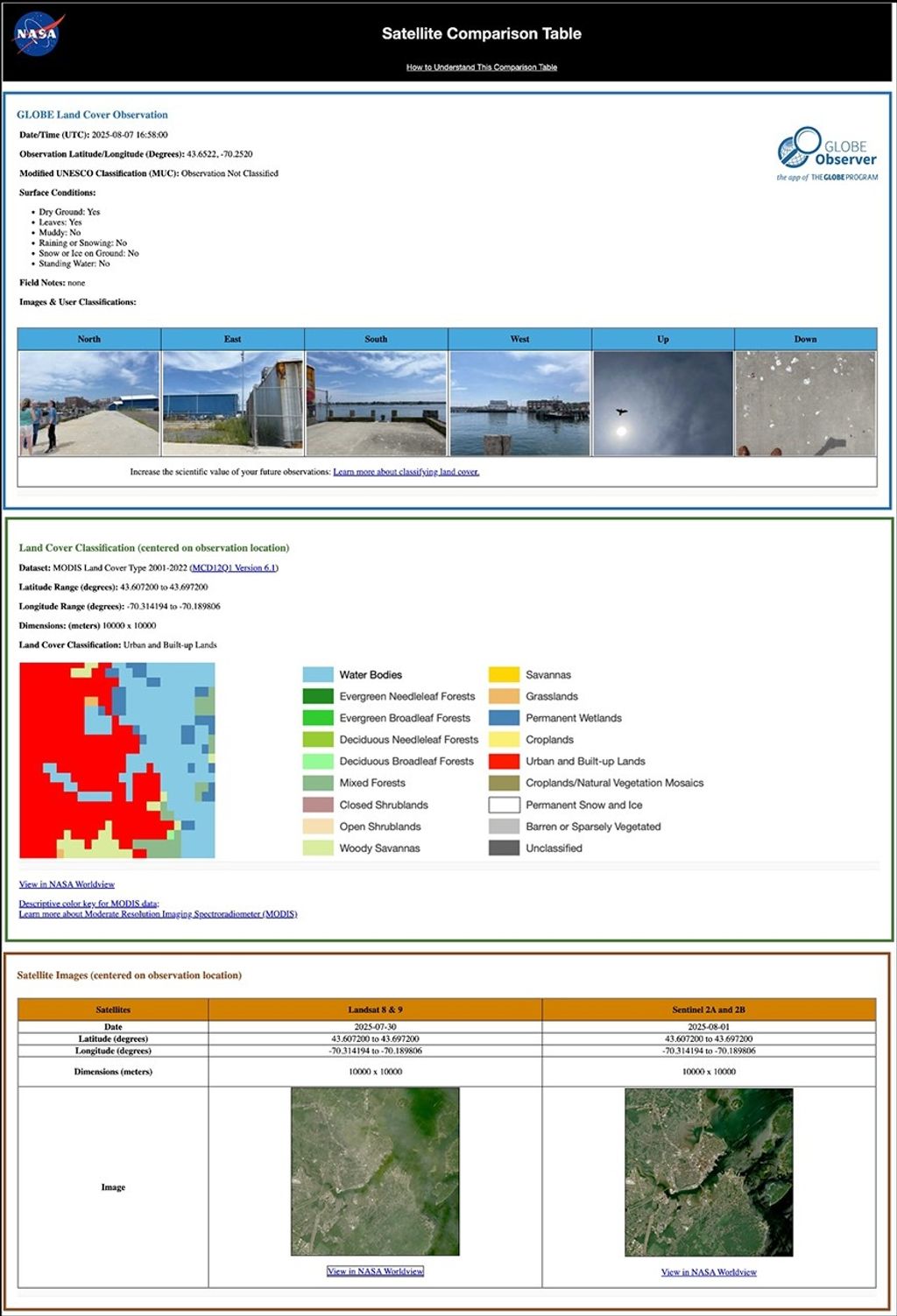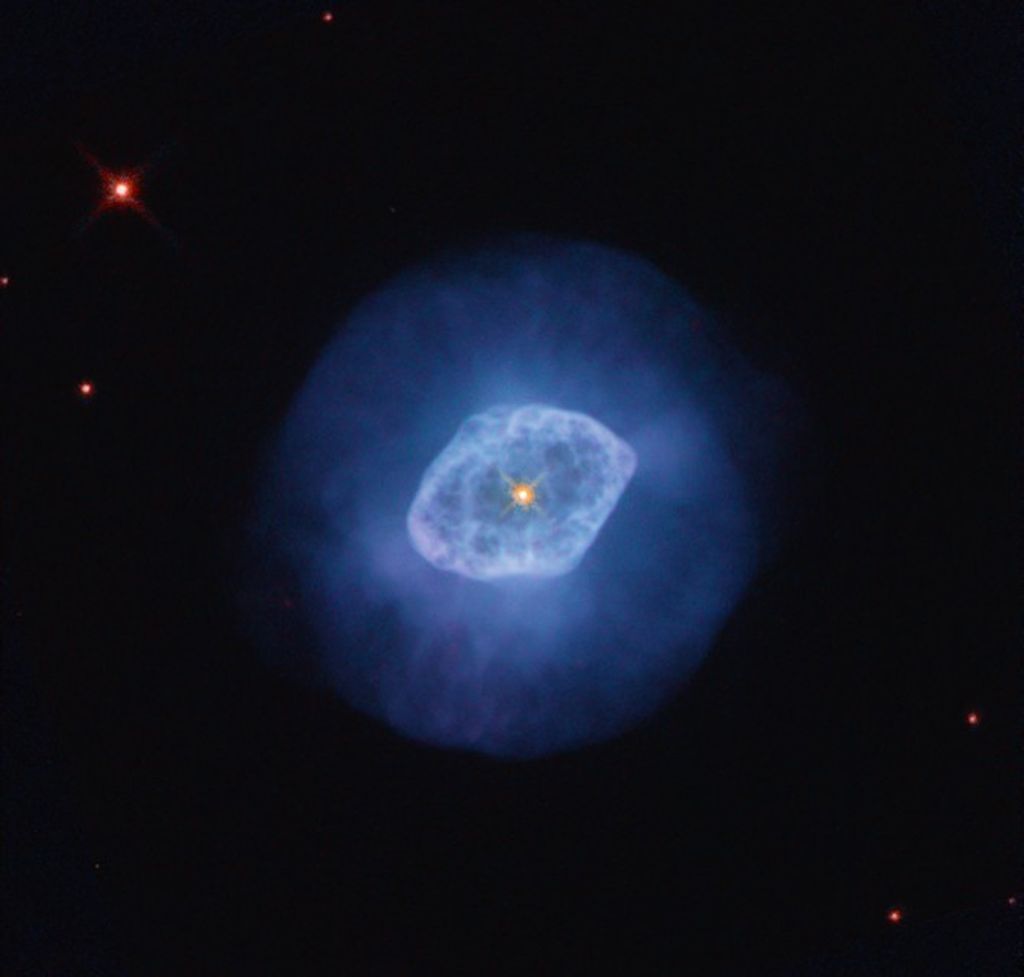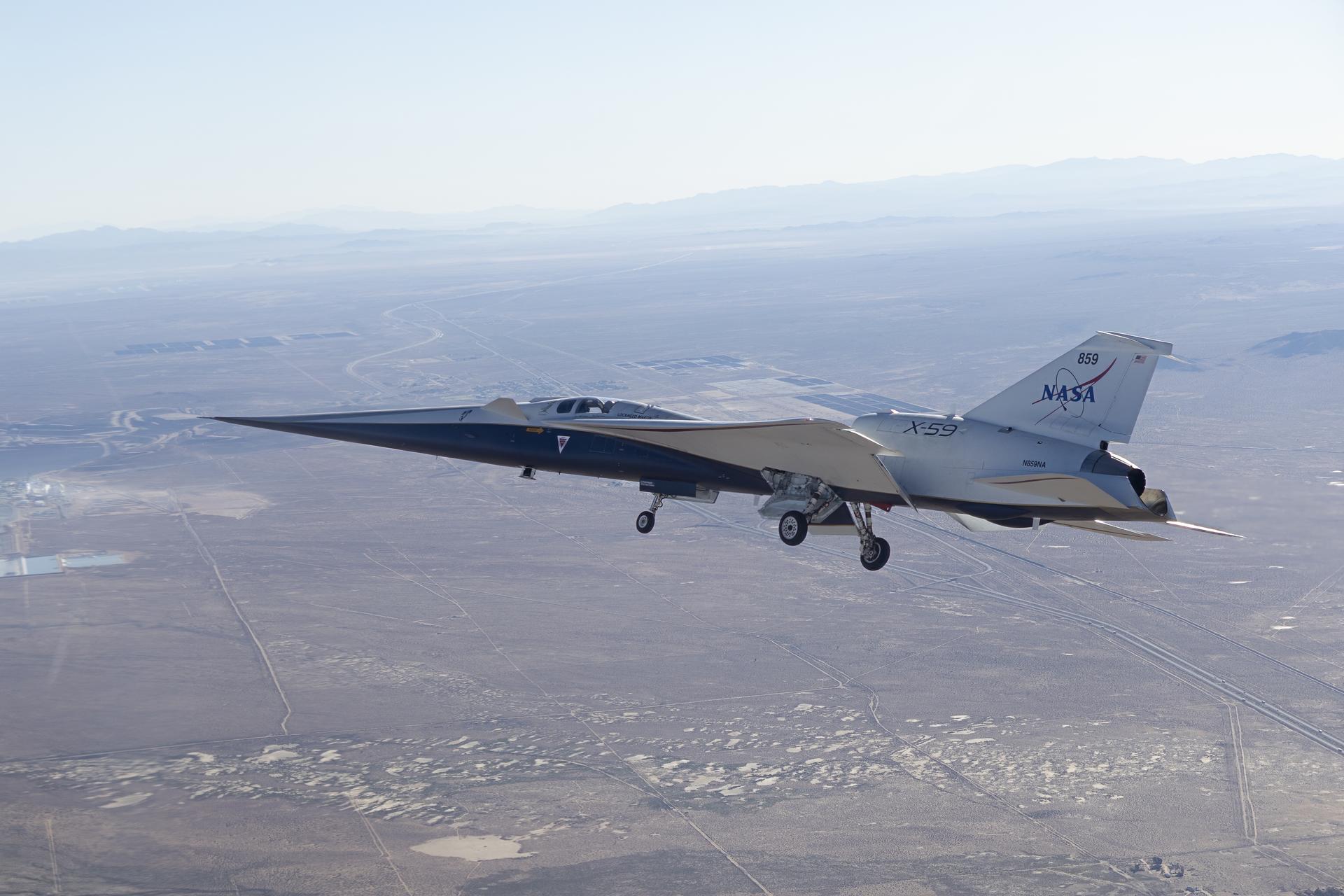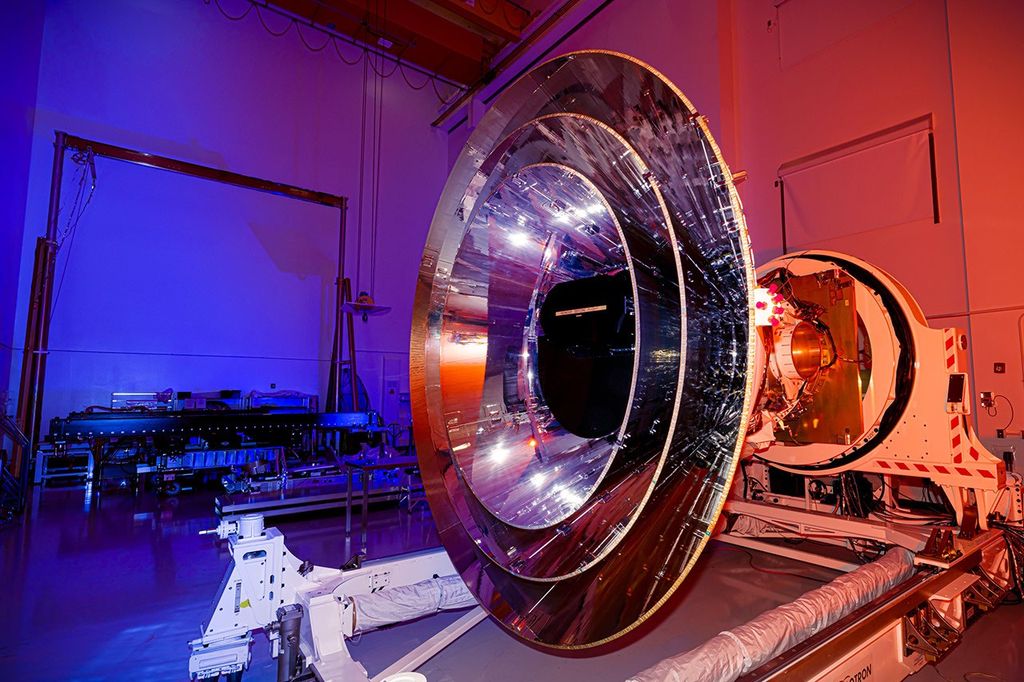1 min read
NGC 7252: Spiral Disk and Globular Star Clusters at the Core of a Colliding Galaxy

A NASA Hubble Space Telescope (HST) image of the core of the peculiar galaxy NGC 7252 reveals a striking "mini-spiral" disk of gas and stars, and about 40 exceptionally bright and young globular star clusters.
The visible light image was taken with the Wide Field and Planetary Camera (WFPC) in PC mode, on October 10, 1992. The false-color image has been subject to computer image reconstruction. The strong spiral structure is 10,000 light-years across (7 arc seconds); the entire picture is 46,000 light-years across. Hubble's resolution is so good the astronomers can measure the diameters of the clusters (0.04 arc seconds, the apparent size of a dime at a distance of 60 miles). They turn out to be about 60 light-years in diameter, the same size as globular clusters that orbit our Milky Way galaxy.
The globular star clusters are concentrated near the galaxy's core. Estimated to be mostly between 50 and 500 million years old, they were apparently born following the collision of two disk-shaped galaxies about a billion years ago.
The pinwheel-shaped disk of gas and young stars has an uncanny resemblance to a face-on spiral galaxy. Yet the disk is only 1/20 the diameter of the total galaxy. The disk was probably fueled by the collision.
The globular clusters found in NGC 7252 are considered the progenitors of similar clusters that orbit our own Milky Way galaxy.
This discovery provides some of the best evidence to date for solving more than half a century of theory and conjecture about how giant elliptical galaxies form.
About the Object
- R.A. PositionR.A. PositionRight ascension – analogous to longitude – is one component of an object's position.22h 20m 44.77s
- Dec. PositionDec. PositionDeclination – analogous to latitude – is one component of an object's position.-24° 40' 41.8"
- Object NameObject NameA name or catalog number that astronomers use to identify an astronomical object.NGC 7252
- Release DateMay 25, 1993
- Science ReleaseWhat Happens When Galaxies Collide? Hubble Space Telescope Finds New Surprises
- Credit
Related Images & Videos

Merging galaxy NGC 7252 From the Ground (left) and From Hubble (right)
[Left] Ground-based Telescopic Photograph NGC 7252 has been considered the prototypical example of a merger between two disk-shaped galaxies. The galaxy has a pair of long tails that are unambiguous evidence of the effects of gravitational tidal forces from a galaxy merger. The...
Share
Details
Last Updated
Aug 17, 2025
Contact
Media
Claire Andreoli
NASA’s Goddard Space Flight Center
Greenbelt, Maryland
claire.andreoli@nasa.gov




